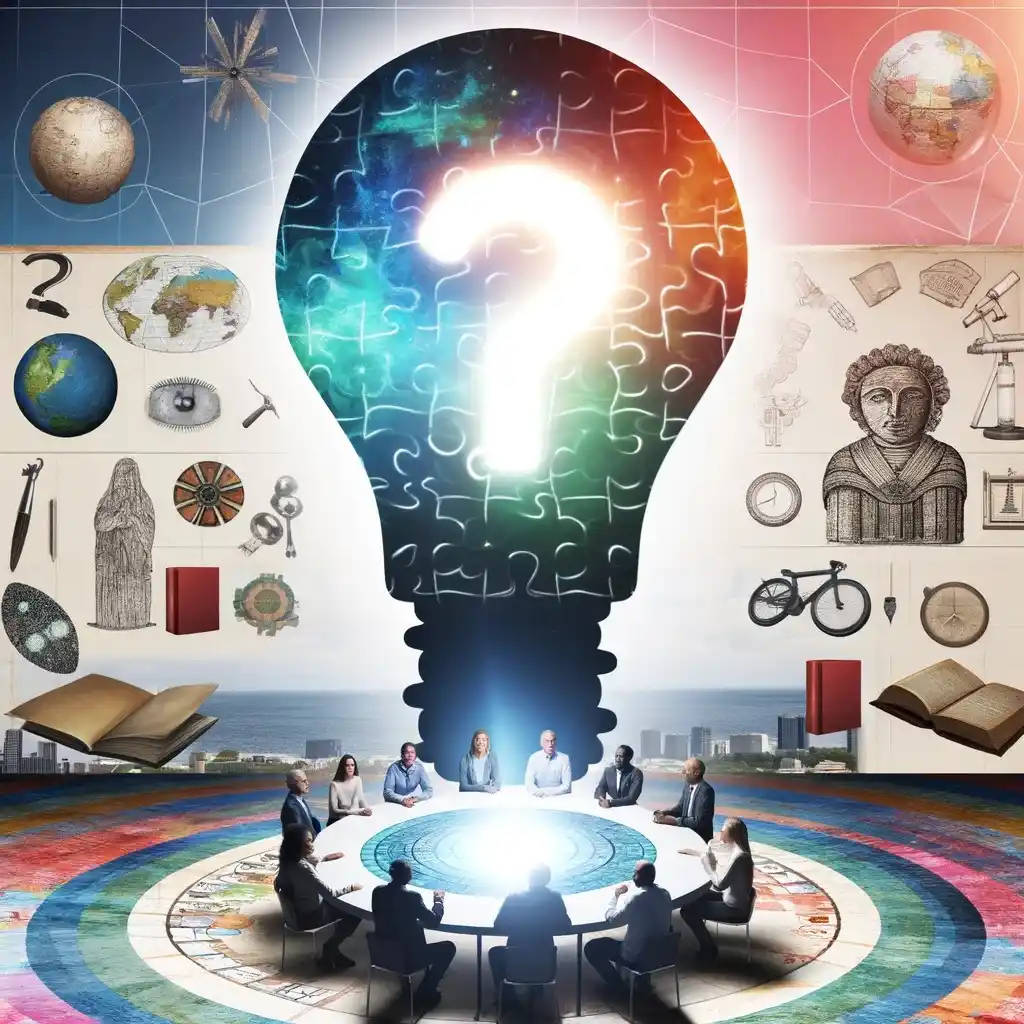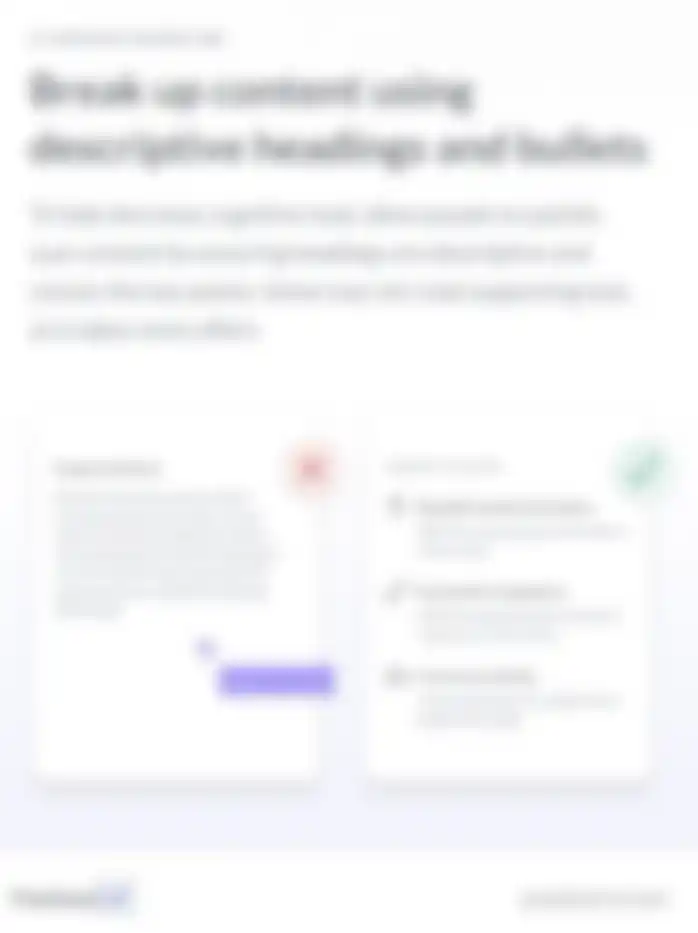Lesson plan to the introduction of TOK concept- interpretation
The TOK concept of “interpretation” refers to the process of making sense of, or assigning meaning to, observations, experiences, or information within the diverse realms of knowledge. It involves the way individuals or cultures understand and represent the world around them, often influenced by their backgrounds, perspectives, and contexts. Interpretation plays a crucial role in shaping our understanding of art, ethics, history, the human sciences, and the natural sciences, highlighting that knowledge is not only constructed but also subject to varying perspectives and interpretations. This concept underscores the idea that our grasp of truth and reality is often mediated by subjective lenses, emphasizing the importance of acknowledging and critically examining different interpretations in the pursuit of knowledge.
To delve into the complexities of interpretation in the context of TOK, one might consider how people interpret in disciplines such as the natural sciences, human sciences, arts, and ethics. Each area offers unique insights into the meaning of interpretation and the subjectivity involved.
The post is going to be very comprehensive on the following pointers:
- Meaning of interpretation through knowledge questions each scaffolded within an element of knowledge framework-scope, methods and tools, perspectives, and ethics through real life examples and classroom activities
- Connecting knowledge and language with interpretation- knowledge questions unpacked within any of the knowledge framework elements connected with RLS and explored through classroom activities
- Connecting knowledge and technology with interpretation- knowledge questions unpacked within any of the knowledge framework elements connected with RLS and explored through classroom activities
- Connecting knowledge and politics with interpretation- knowledge questions unpacked within any of the knowledge framework elements connected with RLS and explored through classroom activities
- Connecting knowledge and religion with interpretation- knowledge questions unpacked within any of the knowledge framework elements connected with RLS and explored through classroom activities
- Connecting knowledge and indigenous societies with interpretation- knowledge questions unpacked within any of the knowledge framework elements connected with RLS and explored through classroom activities
- Some stunning tea table discussions on interpretation in the pursuit of knowledge in and beyond a TOK classroom
It’s a well studied thought process involved in designing the submodules as the students need to understand the connotation of interpretation as a linking TOK concept in the pursuit of knowledge and each of the optional themes. Since the teachers have a discretion of choosing two optional themes in the entire TOK discourse, there will be no gap created in connecting knowledge with any of the two prescribed optional themes through the TOK linking thread of interpretation.
In essence, the pursuit of interpretation in TOK encourages critical examination of the assumptions underlying knowledge claims with some supporting evidence, which may leave some room for sharing multiple perspectives
Now, the purpose is to make the classroom exciting and buzzing with the discussions on interpretation connected with real life examples. Each of the examples connect with a knowledge question (KQ) scaffolded within a knowledge framework element, which is going to be explored through a classroom activity. Teachers may also connect the thinking dots with some collaborative TED talk discussions.
Specific Real-Life Examples on the importance of interpretation in the pursuit of knowledge for each Knowledge Framework Component
1) Scope
RLS: Interpretation in the Context of Historical Events
Knowledge Question: To what extent does historical interpretation influence our understanding of truth and reality?
Anchoring Claim: Interpretations of historical events can vary significantly, influenced by the historian’s perspective, cultural context, and available evidence, thus shaping our understanding of truth and reality in different ways.
Classroom Activity: “Interpreting Historical Events”
Procedure
Introduction: Present students with two different interpretations of the same historical event (e.g., the signing of the Declaration of Independence, the causes of World War I, or the impact of colonialism on indigenous populations).
Group Discussion: Divide students into small groups and assign each group one interpretation to analyze. Ask them to consider why the interpretation was made, the evidence used, and the perspective of the historian.
Debate: Have groups present their assigned interpretation, defending its validity and discussing its implications for understanding the event.
Critical Analysis: Facilitate a class discussion on how these interpretations reflect different perspectives and what this means for our understanding of history and truth.
Reflection: Encourage students to reflect on how interpretation affects our understanding of history. Ask them to consider questions like: How do interpretations shape our perception of truth? Can there be a definitive interpretation of historical events?
Suggested TED Talk: “The Danger of a Single Story” by Chimamanda Ngozi Adichie: Although not specifically about historical interpretation, this talk emphasizes the importance of considering multiple perspectives to avoid misunderstandings and stereotypes. It can inspire discussions on the importance of multiple interpretations in history.
“How History Shapes our Future” by David Christian: This talk discusses the importance of understanding history to make sense of our present and future, touching on how interpretations of history can influence current decision-making and perceptions of truth.
These activities and resources aim to deepen students’ understanding of the concept of interpretation within the TOK framework, highlighting its significance in shaping our understanding of knowledge and truth.
Group Presentations: Have each group present their findings, focusing on how their assigned proof exemplifies mathematical truth’s universality.
Discussion: Facilitate a class discussion on the nature of mathematical truth, comparing it to truths in other areas of knowledge (AOKs) and discussing its role in building a universal understanding of reality.
Learning Outcomes:
- Students will appreciate the enduring nature of mathematical truths and their independence from subjective interpretation.
- Students will understand the unique status of mathematics as a language that conveys universal truths across diverse cultures and eras.
- Students will develop critical thinking skills by analyzing and presenting mathematical proofs, understanding their significance beyond the mathematical community.
Reflection:
- Encourage students to reflect on the role of mathematics in their understanding of the world. Ask them to consider how mathematical truths, despite their abstract nature, have practical implications in real-world scenarios.
- Have students write a reflective essay on the question: “In what ways does the universality of mathematical truths impact our understanding of knowledge and truth in other areas?”
2) Perspectives
RLS: Interpretation of Art across Cultures
Knowledge Question: How do cultural perspectives influence our interpretation of art and its value?
Anchoring Claim: The interpretation of art is deeply influenced by cultural perspectives, which can alter its perceived meaning and value, demonstrating that understanding and appreciation of art are not universal but are shaped by cultural context.





